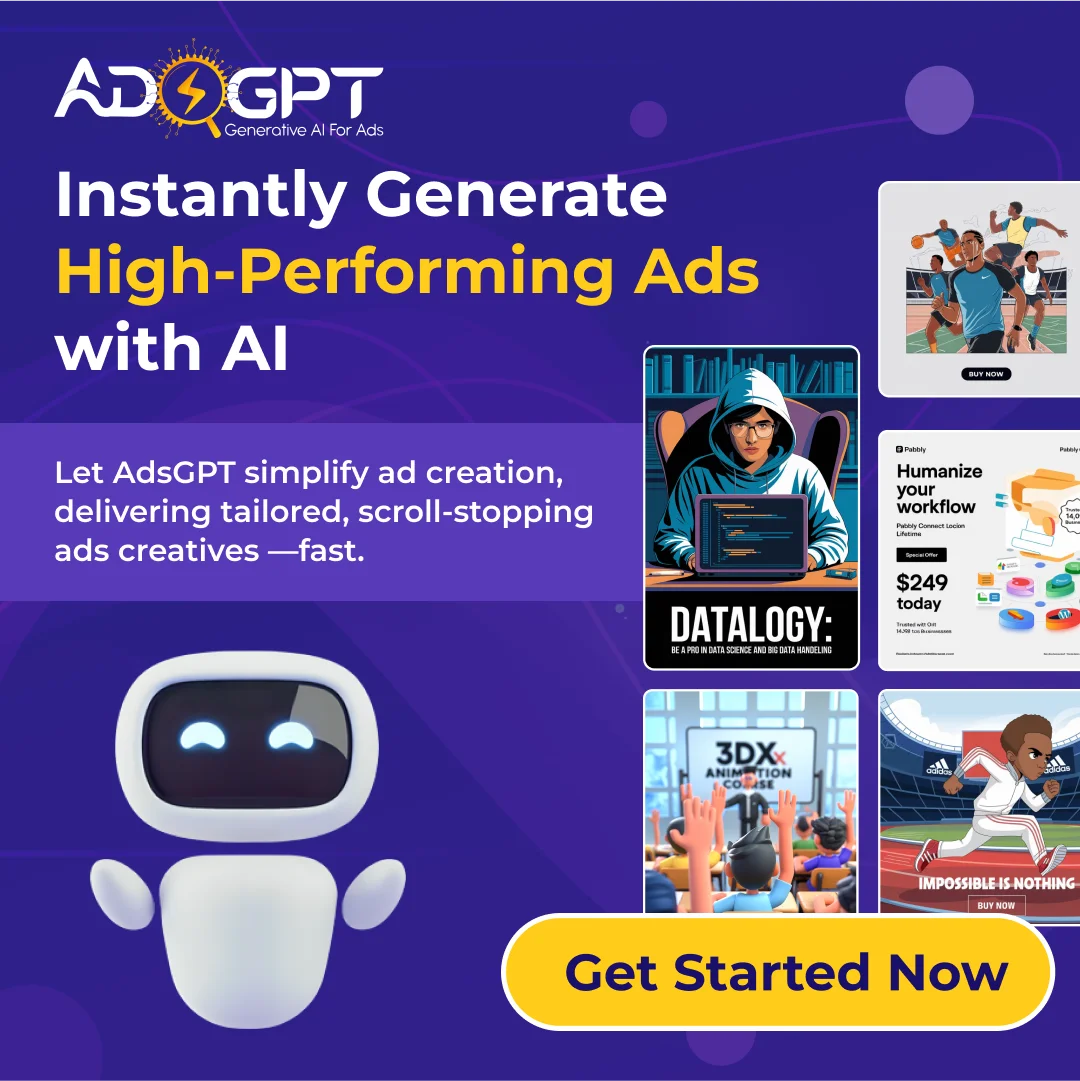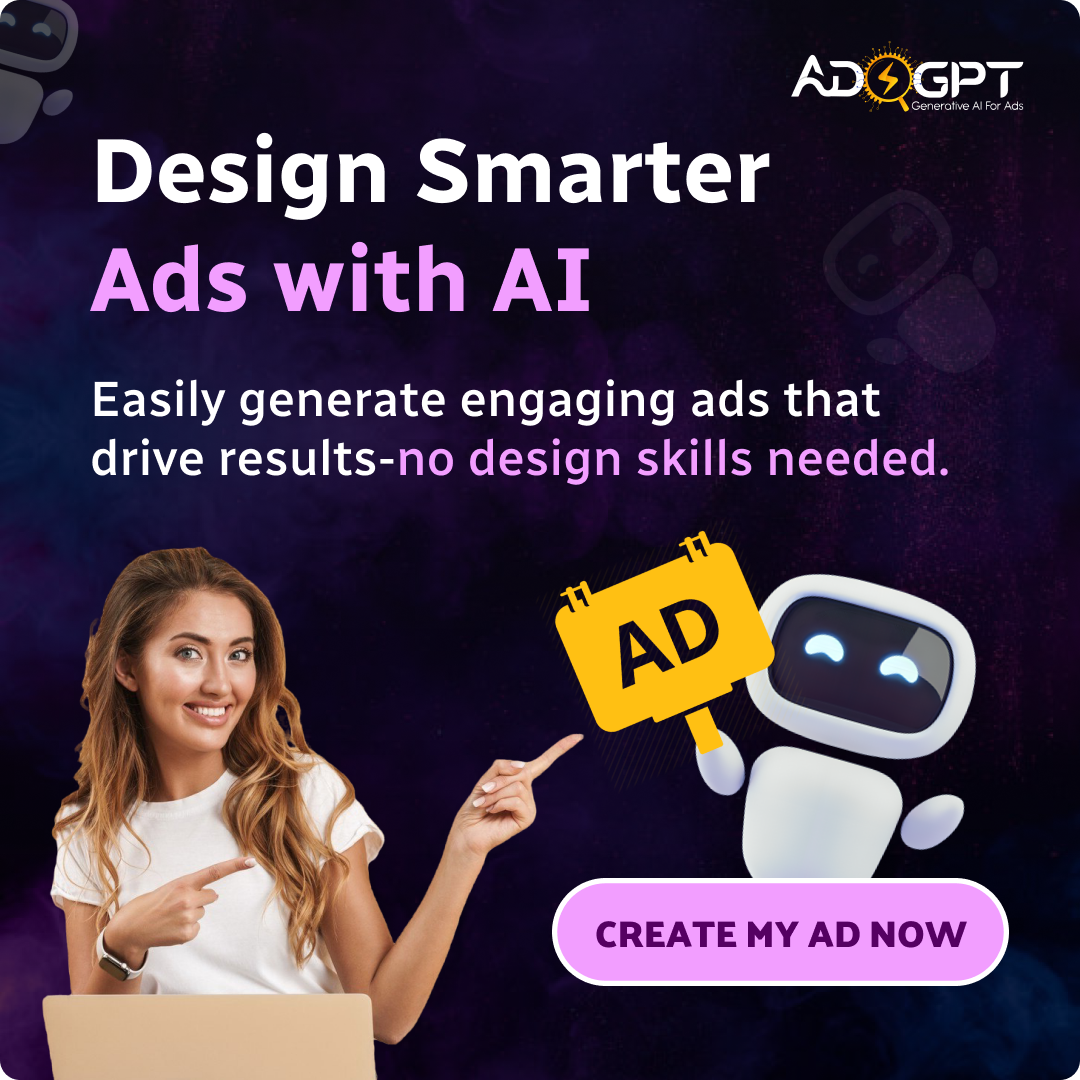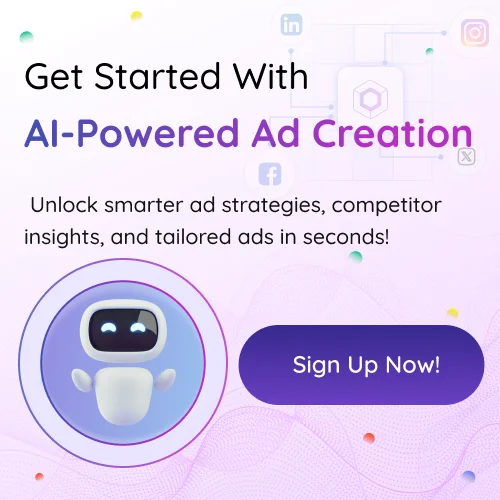
AI has evolved from a buzzword to the backbone of modern marketing. It’s no longer a futuristic concept—it’s here, and it’s transforming how brands connect with audiences. Industry leaders like Netflix and Spotify have cracked the code, using AI to turn generic, one-size-fits-all campaigns into deeply personalized journeys that resonate with individuals. Netflix, for instance, tailors its trailers to match your viewing preferences, while Spotify curates playlists based on your mood. These aren’t just cool features—they’re proof of AI’s power to drive engagement and revenue.
But what does this mean for your marketing strategy? Whether you’re a global enterprise or a small business, the question isn’t if you should adopt AI—it’s how. In this blog, we’ll unpack 7 AI in marketing examples, reshaping industries in 2025. From retail giants like Amazon to local coffee shops leveraging hyper-localized campaigns, these stories highlight how AI is leveling the playing field. And the best part? Tools like AdsGPT are making these cutting-edge tactics accessible to businesses of all sizes.
Ready to see how AI is revolutionizing marketing? Let’s start with a retail revolution.
In a hurry? Listen to the podcast now.
1. Retail: Amazon’s Hyper-Personalized Product Ads
 Amazon has mastered the art of personalization, and its secret weapon is AI. By analyzing browsing habits, purchase history, and even how long users hover over a product, Amazon’s AI serves ads that feel almost psychic.
Amazon has mastered the art of personalization, and its secret weapon is AI. By analyzing browsing habits, purchase history, and even how long users hover over a product, Amazon’s AI serves ads that feel almost psychic.
For example, if you’ve been eyeing a pair of hiking boots, you might soon see ads for trail maps, moisture-wicking socks, or even travel guides for national parks. These ads aren’t just relevant—they’re timely, appearing exactly when you’re most likely to purchase.
The results speak for themselves: Amazon’s hyper-personalized ads have driven a 35% boost in click-through rates (CTR). What makes this approach so effective? It’s the combination of speed and precision. No human team could analyze data and serve tailored ads at this scale or speed.
Why It Works:
- AI predicts customer needs before they’re explicitly stated.
- Dynamic ad creatives adapt to individual behavior in real-time.
2. Entertainment: Netflix’s Dynamic Trailers
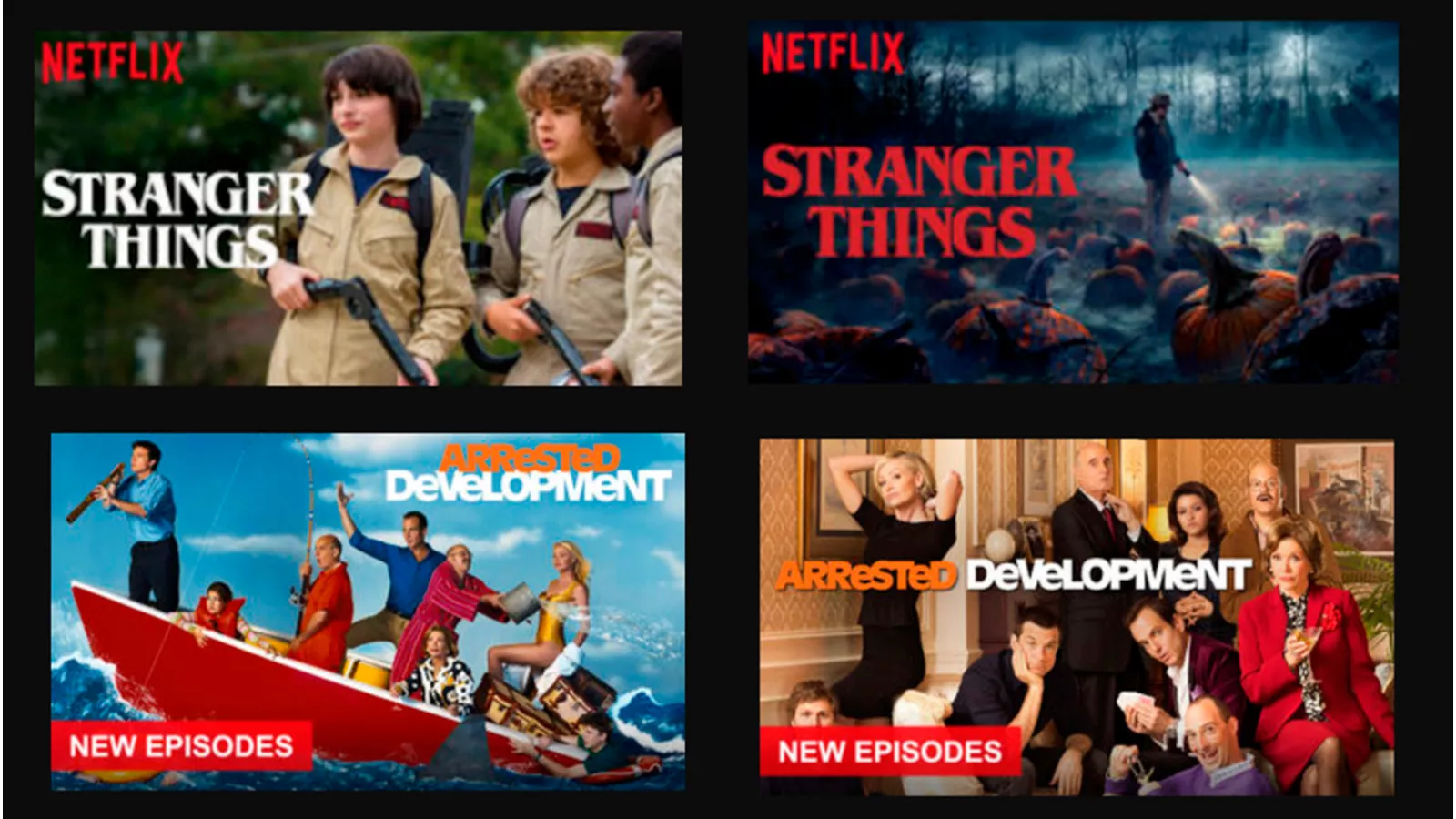 Netflix has turned personalization into an art form, not just in content recommendations but in its marketing too. Using AI, Netflix creates dynamic trailers tailored to individual preferences. For instance, if you’re a horror fan, you’ll see suspenseful, eerie clips from Stranger Things. But if sci-fi is more your style, the same show’s trailer might highlight UFOs and futuristic elements.
Netflix has turned personalization into an art form, not just in content recommendations but in its marketing too. Using AI, Netflix creates dynamic trailers tailored to individual preferences. For instance, if you’re a horror fan, you’ll see suspenseful, eerie clips from Stranger Things. But if sci-fi is more your style, the same show’s trailer might highlight UFOs and futuristic elements.
This AI-driven approach ensures every viewer gets a preview that resonates with their tastes, increasing engagement and reducing ad fatigue. The result? A 20% reduction in campaign costs and higher viewer retention rates.
It is another standout example of AI in marketing examples transforming how brands connect with audiences. Netflix’s success isn’t magic—it’s machine learning. But how do SaaS brands use these principles to optimize their campaigns?
It is just one of many AI in marketing examples redefining retail. But Amazon isn’t the only brand using AI to create personalized experiences. Next, let’s see how entertainment giants like Netflix leverage similar tech to captivate audiences.
3. SaaS: HubSpot’s Predictive Ad Budgets
HubSpot has taken the guesswork out of ad spending with its AI-powered predictive budgeting. By analyzing historical performance data and emerging trends, HubSpot’s AI identifies which platforms—Google, LinkedIn, TikTok, etc.—will deliver the highest ROI each quarter. In 2025, the AI detected a surge in B2B engagement on TikTok and reallocated 60% of the ad budget to the platform. The result? A staggering 42% drop in cost-per-lead (CPL) and a significant boost in campaign efficiency.
It is yet another compelling example of AI in marketing examples driving smarter decisions and measurable results. While HubSpot’s custom AI models are impressive, startups and smaller businesses don’t need to build their own systems from scratch. Tools like AdsGPT’s AI ad creative generator make it easy to replicate these strategies, offering predictive insights and creative tools in one platform.
4. Beauty: Sephora’s AI Chatbot Ads
Sephora has redefined customer engagement with its AI-powered chatbot, which doesn’t just answer questions—it drives sales. Through interactive ads, the chatbot acts as a virtual beauty consultant.
For example, if you ask about lipsticks, it doesn’t just list options; it serves shoppable tutorials, product comparisons, and even user reviews.
This seamless blend of service and sales creates a personalized shopping experience that feels less like an ad and more like a conversation. The impact? Users who engage with these AI-driven ads spend 2.5x more than average shoppers.
This interactive ad strategy is among the most innovative AI in marketing examples, showcasing how AI can turn passive viewers into active buyers. But while chatbots excel at engagement, visuals are equally critical in capturing attention.
Let’s dive into how fashion brands like H&M are using AI to create stunning, high-converting visuals.
5. Fashion: H&M’s AI-Generated Campaigns
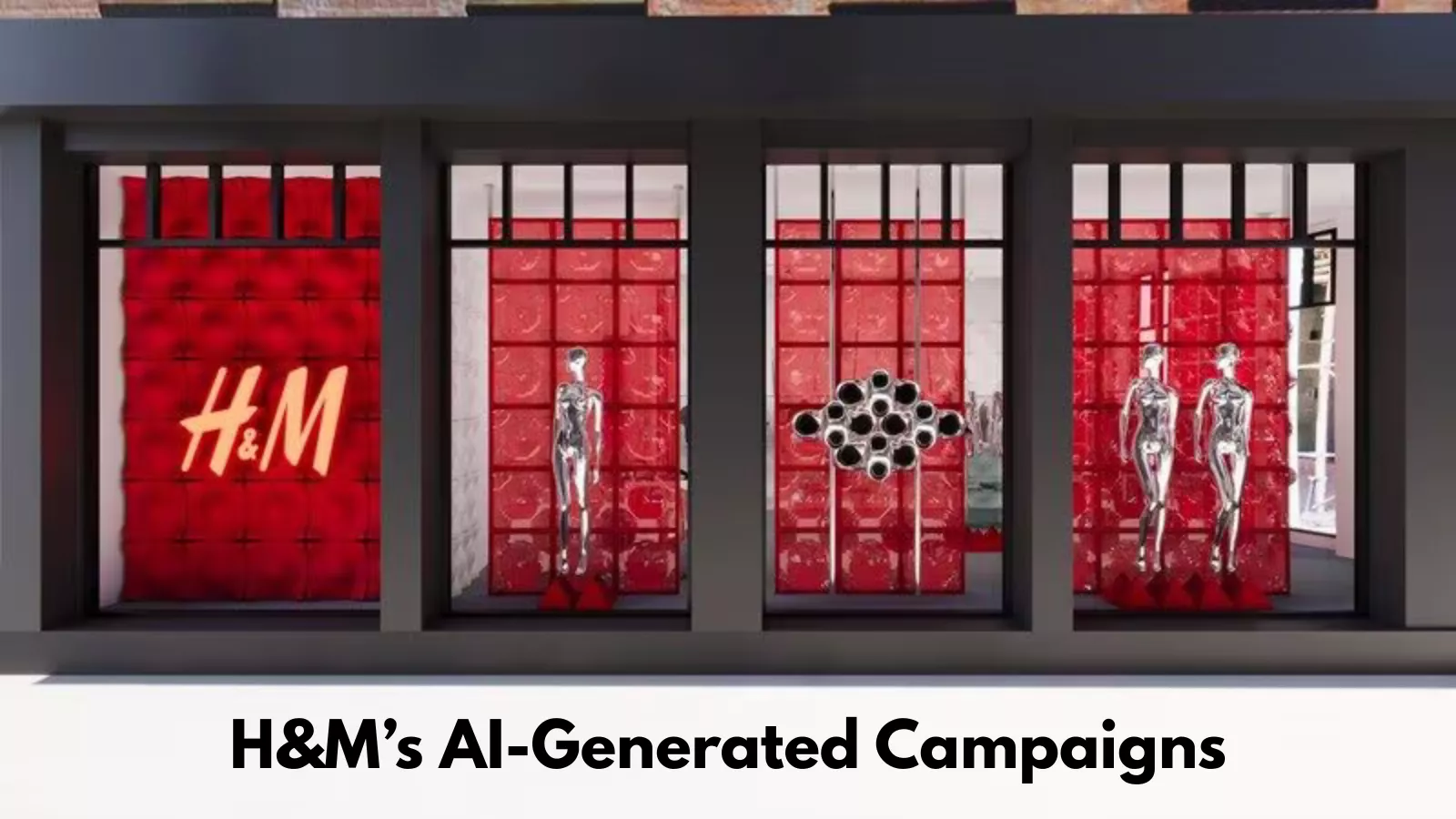 H&M has embraced AI to revolutionize its creative process, particularly in ad campaigns. For its 2024 holiday collection, the brand’s AI merged Nordic minimalism with retro disco vibes to create a visually stunning campaign. By inputting design trends and brand guidelines into its AI ad creative generator, H&M produced 500+ unique visuals in just one week—a task that would have taken months manually. The result? A 70% reduction in design costs and a campaign that felt fresh, cohesive, and on-trend.
H&M has embraced AI to revolutionize its creative process, particularly in ad campaigns. For its 2024 holiday collection, the brand’s AI merged Nordic minimalism with retro disco vibes to create a visually stunning campaign. By inputting design trends and brand guidelines into its AI ad creative generator, H&M produced 500+ unique visuals in just one week—a task that would have taken months manually. The result? A 70% reduction in design costs and a campaign that felt fresh, cohesive, and on-trend.
This is another standout example of AI in marketing examples proving that creativity and efficiency can go hand in hand. Visuals are undeniably powerful in grabbing attention, but words seal the deal. Let’s see how Coca-Cola’s AI crafts ad copy that resonates with audiences on a deeper level.
6. Food & Beverage: Coca-Cola’s Mood-Based Ads
Coca-Cola has mastered staying relevant by using AI to craft ad copy that aligns with local trends and moods. During a Texas heatwave, billboards promoted “Ice-Cold Relief” with images of frosty Coke bottles, while rainy regions saw ads urging customers to “Cozy Up with a Coke.” This hyper-localized approach, powered by AI, ensures the brand’s messaging feels timely and relatable. The result? An 18% increase in sales across targeted regions.
This is yet another compelling example of AI in marketing examples showing how brands can connect with audiences on a personal level. Scaling this level of personalization manually would be impossible—but with AI, even small brands can adapt. Tools like AdsGPT’s AI advertisement generator make it easy to create localized, mood-based campaigns without the need for a massive team or budget.
Coca-Cola’s success highlights the power of localized messaging, but what about industries where personalization goes even deeper? Let’s explore how travel brands like Airbnb are using AI to craft dream-worthy ad experiences.
AdsGPT Spotlight: Your AI-Powered Marketing Partner
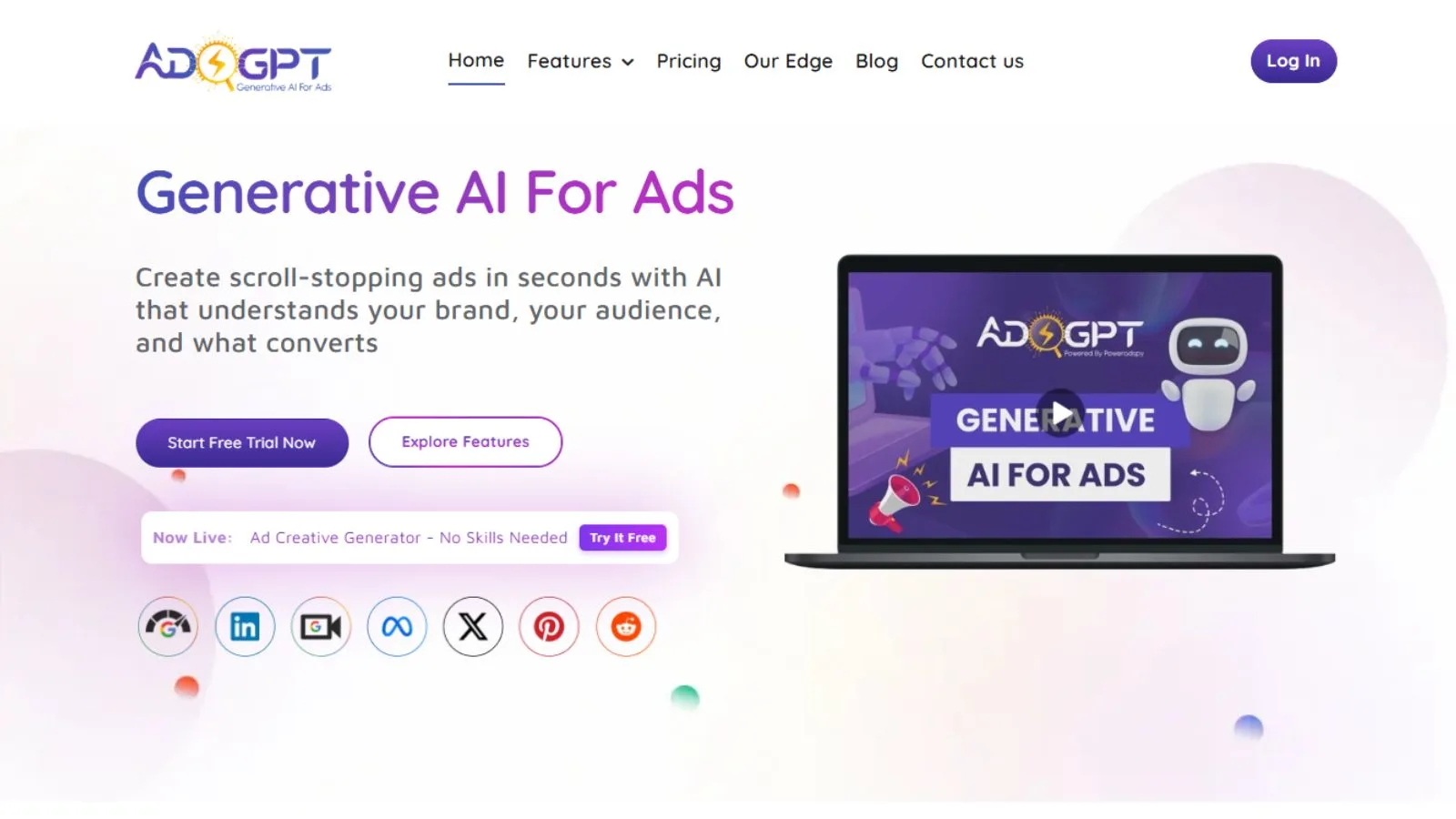 In a world where AI in marketing examples is reshaping industries, AdsGPT stands out as a game-changer for businesses of all sizes. Whether you’re a startup or an established brand, AdsGPT’s AI ad creative generator simplifies the process of creating, testing, and optimizing campaigns. Here’s how it works:
In a world where AI in marketing examples is reshaping industries, AdsGPT stands out as a game-changer for businesses of all sizes. Whether you’re a startup or an established brand, AdsGPT’s AI ad creative generator simplifies the process of creating, testing, and optimizing campaigns. Here’s how it works:
- Instant Ad Variations: Generate 100+ ad creatives in minutes, complete with visuals, copy, and CTAs tailored to your brand.
- Cross-Platform Adaptability: Auto-resize ads for Instagram, Google, TikTok, and more—no manual tweaking required.
- Predictive Analytics: Get data-driven insights on which creatives will perform best before you even launch.
- Collaborative Workflows: Edit AI-generated drafts, add your brand’s unique touch, and approve final versions seamlessly.
Why It’s a Must-Have:
- Replicate strategies from AI in marketing examples like Coca-Cola’s mood-based ads or H&M’s AI-generated visuals.
- Save time and resources while boosting ROI.
With AdsGPT, you can create ads with AI that feel human, perform like machines, and grow your brand. Ready to transform your marketing? Try AdsGPT today.
Read More
How To Generate Text AI Content That Works (Myths Busted)?
7. Travel: Airbnb’s Dream Trip Ads
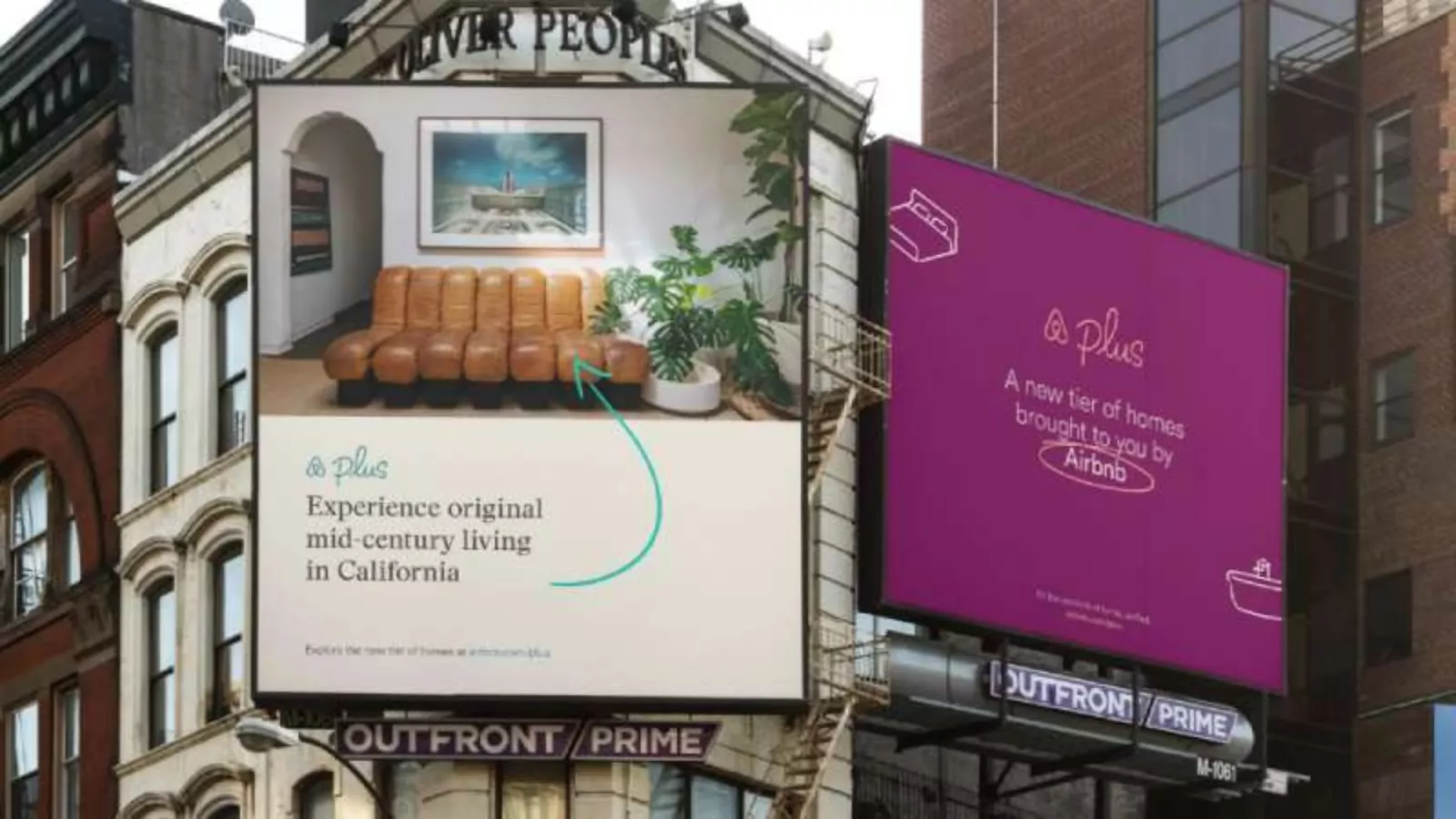 Airbnb has taken personalization to new heights with its AI-powered dream trip ads. By analyzing users’ Pinterest boards, past stays, and even wish lists, Airbnb’s AI suggests destinations and experiences tailored to individual preferences. For example, if you’ve booked a Bali villa, you might see ads for surf lessons, local cooking classes, or guided temple tours. This hyper-targeted approach doesn’t just inspire travelers—it drives action. The result? A 30% increase in upsells for add-on experiences.
Airbnb has taken personalization to new heights with its AI-powered dream trip ads. By analyzing users’ Pinterest boards, past stays, and even wish lists, Airbnb’s AI suggests destinations and experiences tailored to individual preferences. For example, if you’ve booked a Bali villa, you might see ads for surf lessons, local cooking classes, or guided temple tours. This hyper-targeted approach doesn’t just inspire travelers—it drives action. The result? A 30% increase in upsells for add-on experiences.
It is another stellar example of AI in marketing examples proving that personalization is the key to deeper customer connections. But personalization isn’t limited to travel. Let’s dive into how gaming brands like Xbox are using AI to create real-time, adaptive ad experiences.
Conclusion
From Netflix’s mood-based trailers to Coca-Cola’s hyper-localized ads, the AI in marketing examples we’ve explored prove one thing: AI isn’t just a tool—it’s a game-changer. These brands have shown how AI can turn generic campaigns into personalized experiences, drive efficiency, and deliver measurable results. But here’s the best part: you don’t need a Fortune 500 budget to replicate these strategies.
Tools like AdsGPT’s AI ad creative generator are democratizing access to cutting-edge marketing tech. Whether crafting dynamic visuals, writing compelling copy, or optimizing ad budgets, AdsGPT makes it easy to create ads with AI that feel human, perform like machines, and grow your brand.
The future of marketing is here, and it’s powered by AI. Ready to transform your campaigns? Start with AdsGPT today and turn these AI in marketing examples into your success story.
FAQs
- How can small businesses start using AI in marketing without a big budget?
Start small with tools that automate one part of your marketing, like ad creation or customer targeting. Many platforms offer affordable or even free AI features that help you test and scale what works before making larger investments. - What’s the biggest challenge when implementing AI in marketing?
The main challenge is data quality. AI relies on accurate, organized data to make good predictions. If your audience insights or campaign data are inconsistent, results will be too. Cleaning and structuring your data is the best first step. - Can AI really understand customer emotions and intent?
To a surprising degree, yes. AI can analyze language patterns, browsing habits, and engagement signals to infer mood or intent. While it doesn’t “feel,” it can recognize behavior patterns that reveal what customers are likely thinking or feeling. - How does AI improve ad performance over time?
AI continuously learns from real-time campaign results. It identifies which visuals, messages, or audiences perform best, then automatically refines future ads for higher conversion rates. Essentially, the longer it runs, the smarter it gets. - What’s the future of AI in marketing beyond 2025?
Expect more predictive and generative capabilities—AI won’t just suggest ideas; it’ll create full campaigns aligned with your goals and brand tone. The next evolution will focus on emotional intelligence, context awareness, and creative collaboration between humans and machines.


